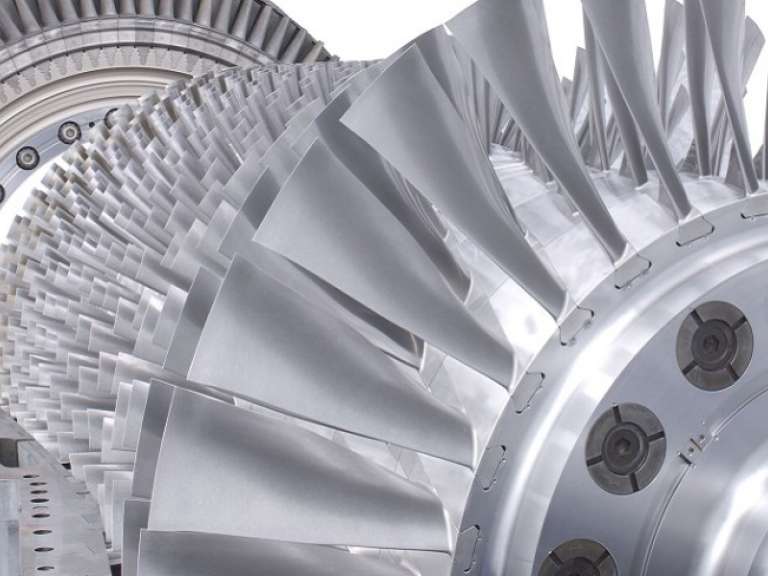Why the Sharing Economy is Driving Collaborative Consumption in Energy
Robert RapierFrom Uber to AirBNB, the sharing economy has changed a range of industries and sparked collaborative consumption in the power industry.

Though collaborative consumption may be an unfamiliar concept, those who've used Airbnb when traveling or taken a ride with Uber have already engaged in it. A key component of the sharing economy, collaborative consumption is an overarching term used to describe an economic model in which products and services are utilized by more than one consumer, as opposed to simple, single-handed ownership.
Founded in 2000, Zipcar allows consumers to easily share automobiles, providing one of the most current and ubiquitous examples of shared consumption. Participants apply and enroll as members and pay recurring yearly or monthly membership fees. When members use a car, they pay an additional hourly or daily rate, however, gas, insurance, and up to a certain amount of mileage are included. In this manner, consumers avoid the capital outlay for a new vehicle and common car-related costs, thereby enduring less of a financial burden, while also reducing impacts on the environment.
On the other hand, Airbnb, launched in 2008, provides access to a shared economy in the form of peer-to-peer travel and hospitality. In over 30,000 cities all over the world, private home or commercial owners can rent out their spaces to visiting travelers. This model enables people to get what they need from each other, rather than centralized institutions. Transactions are handled entirely online, and while taxes and a few fees are added, Airbnb has quickly established itself as a compelling alternative to hotel accommodations.
What if this collaborative consumption model, proven very successful in other industries, was applied to items in the power sector?
Consider a spinning rotor in an electrical generator of a 500-megawatt natural gas turbine, a critical component of electricity production. As rotor assets age and come to the end of their service interval the rotor will likely need considerable maintenance or to be replaced entirely. But a rotor in a heavy-duty gas turbine is a major capital expenditure. It may cost anywhere from $12 to $20 million depending on the type of compressor it utilizes. Furthermore, it may take 13–15 weeks to inspect and repair a rotor that is beginning to reach its end of service interval. This means either significant downtime to refurbish the rotor or a huge financial burden.
Now consider a shared pool of rotors to pull from—an infinite rotor, so to speak—where a single customer can turn in an old rotor and get a refurbished one to replace it. Multiple benefits to both the supplier and the consumer exist with this collaborative model. From the standpoint of the supplier, such a program helps them better manage inventories and supply chains, and improve long-term planning.
Even more important, however, are the benefits to generators, including dramatically reduced downtime at the end of the rotor's service interval and decreased capital expenditures on equipment. A pay-as-you-go model could even help consumers convert rotor replacement from a large capital expenditure to a more predictable operational expenditure. In this way, the OEM would bear the brunt of the risk associated with rotor maintenance, rather than the consumer himself. With the current economic focus on cost effectiveness and a shared economy, it makes sense that the energy industry would want to get on board with this model.
Shared consumption has existed in some forms for more than a century, but over the past decade, the idea of swapping, trading, or renting access to goods and services has become increasingly popular for big-ticket items with models like Uber, Lyft, Netflix, and more. Now, even the power sector has the chance to be revolutionized with collaborative consumption making its way into the industry.
Automation technology in the form of drones and robots has clear potential in the power sector.
Battery systems for grid-scale energy storage is becoming economically viable in optimizing the performance of gas turbines.